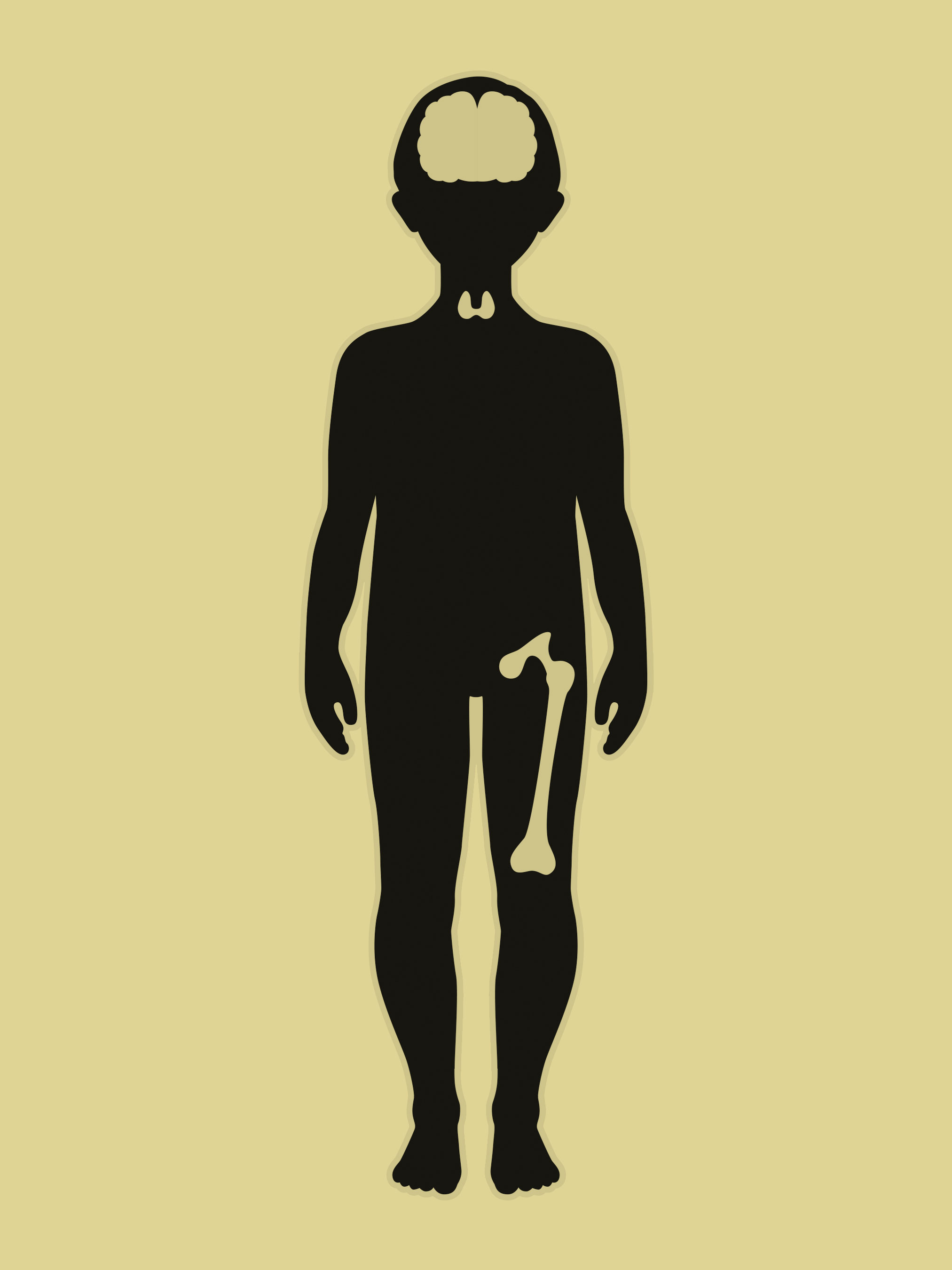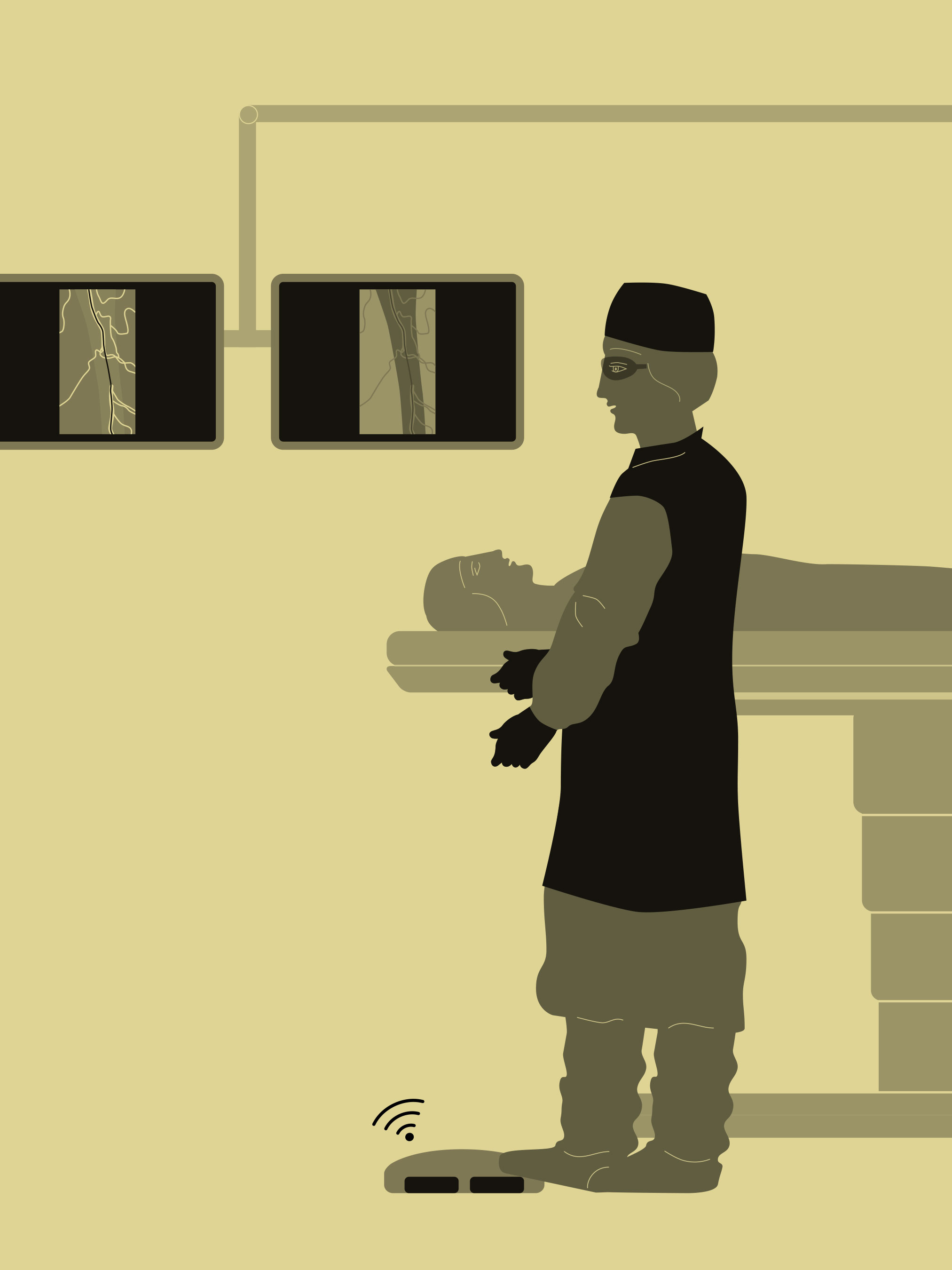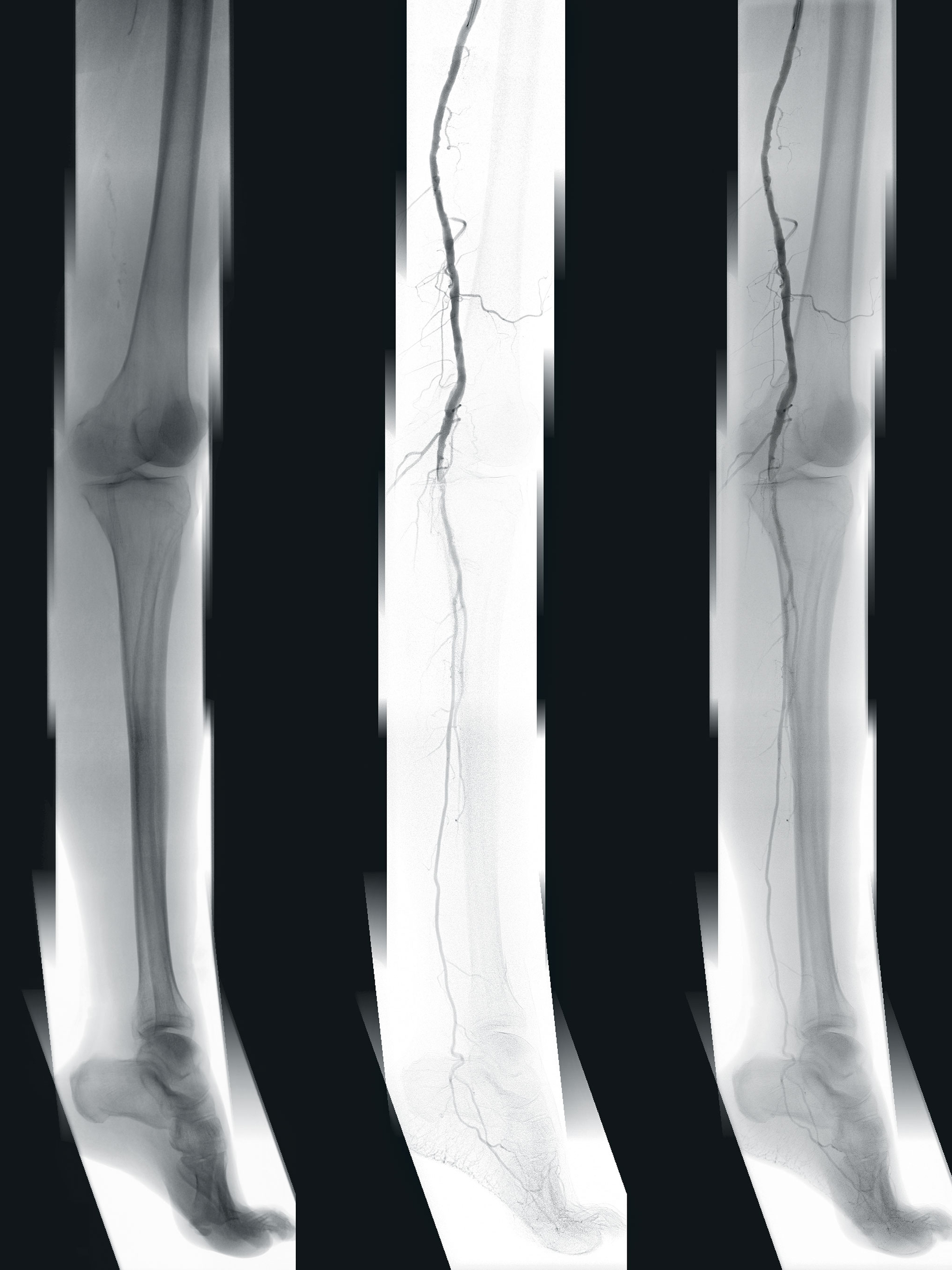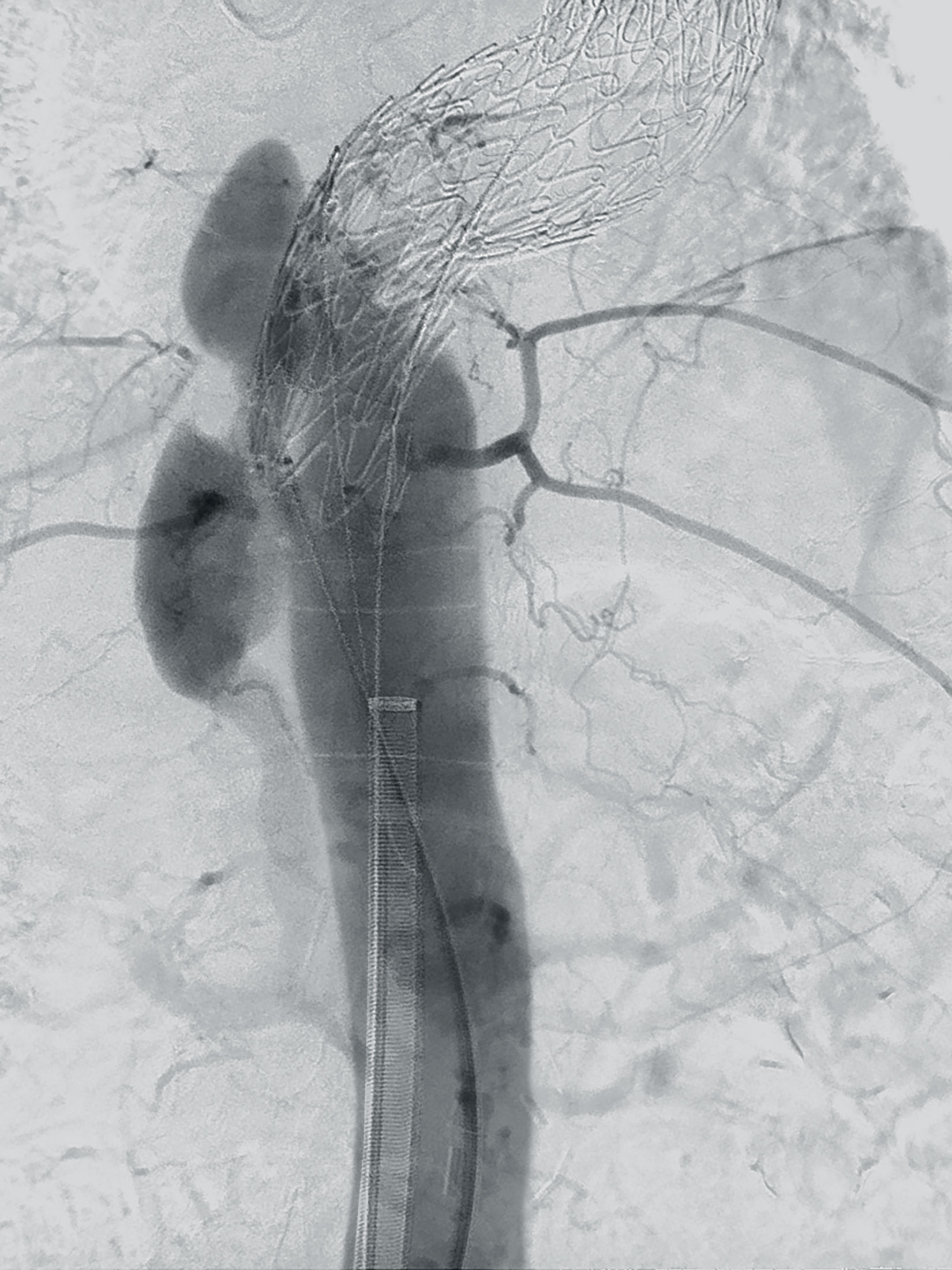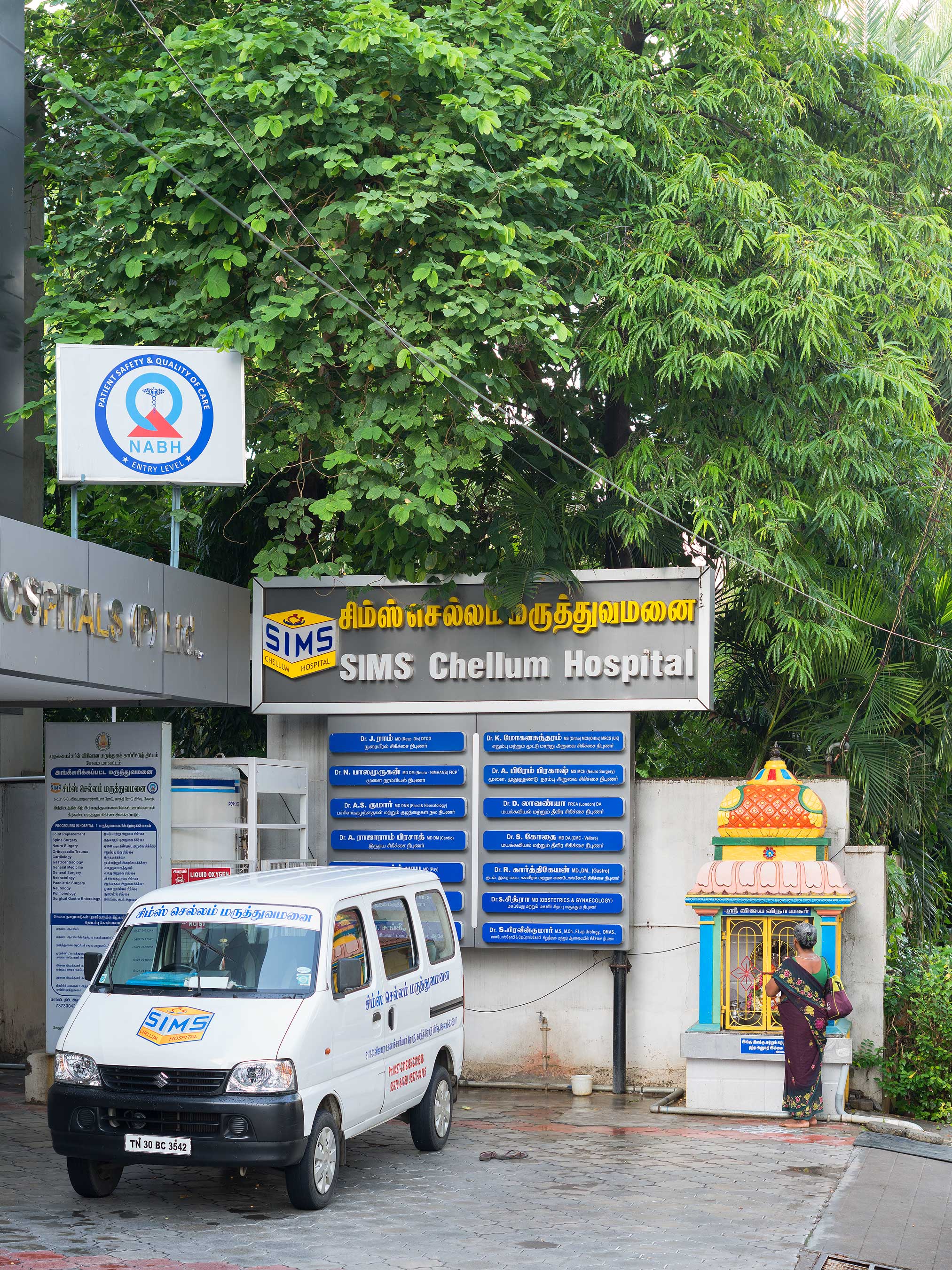Case planning
in minutes

Time-consuming vascular surgery is on the agenda world-wide. Digital tools help efficiently evaluate clinical images prior to surgery. The EndoSize software solution enables accelerated, AI-based preparation of the procedure on the computer, leading to reduced use of radiation and contrast agents in the intraoperative phase. More precise treatment also minimizes the risk of complications.
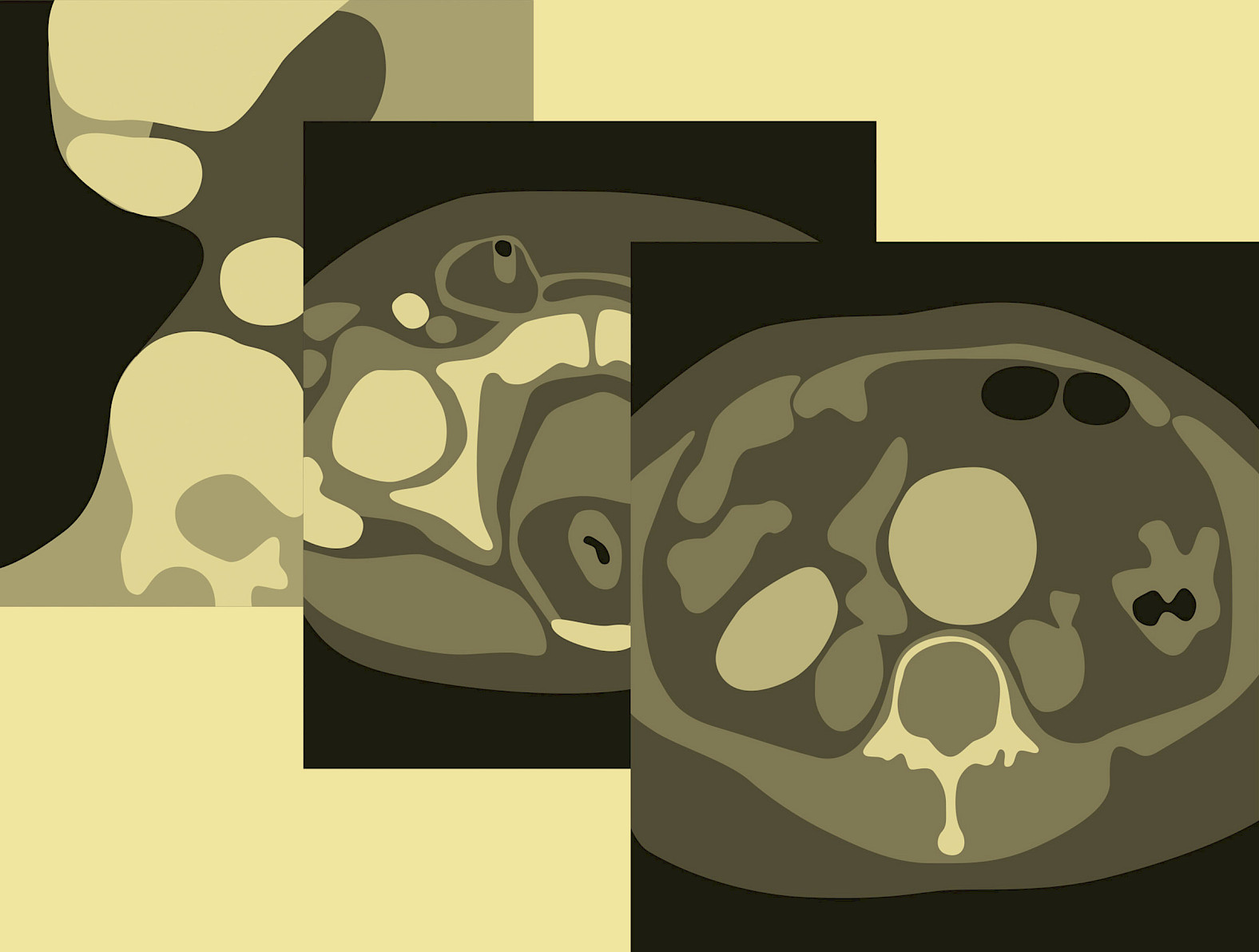
1
Preliminary work
Import 3D data sets
Today, preoperative 3D imaging facilitates the diagnosis and treatment of vascular disease. It provides the basis for image fusion during surgery. EndoSize flexibly imports DICOM image series from various sources such as Picture Archiving and Communication Systems (PACS), medical cloud systems, file hosting services, or physical storage media such as CD-ROMs and hard disks. The image data is then converted into high-resolution 3D models that visualize anatomical structures in detail.
3D data management
Efficient management of data volumes is also becoming increasingly important in healthcare. EndoSize’s dedicated filters and keyword search allow for quick access to the required data sets. With the help of bookmarks, you can mark important information and find it again later. This saves valuable time and minimizes potential sources of error prior to the procedure.
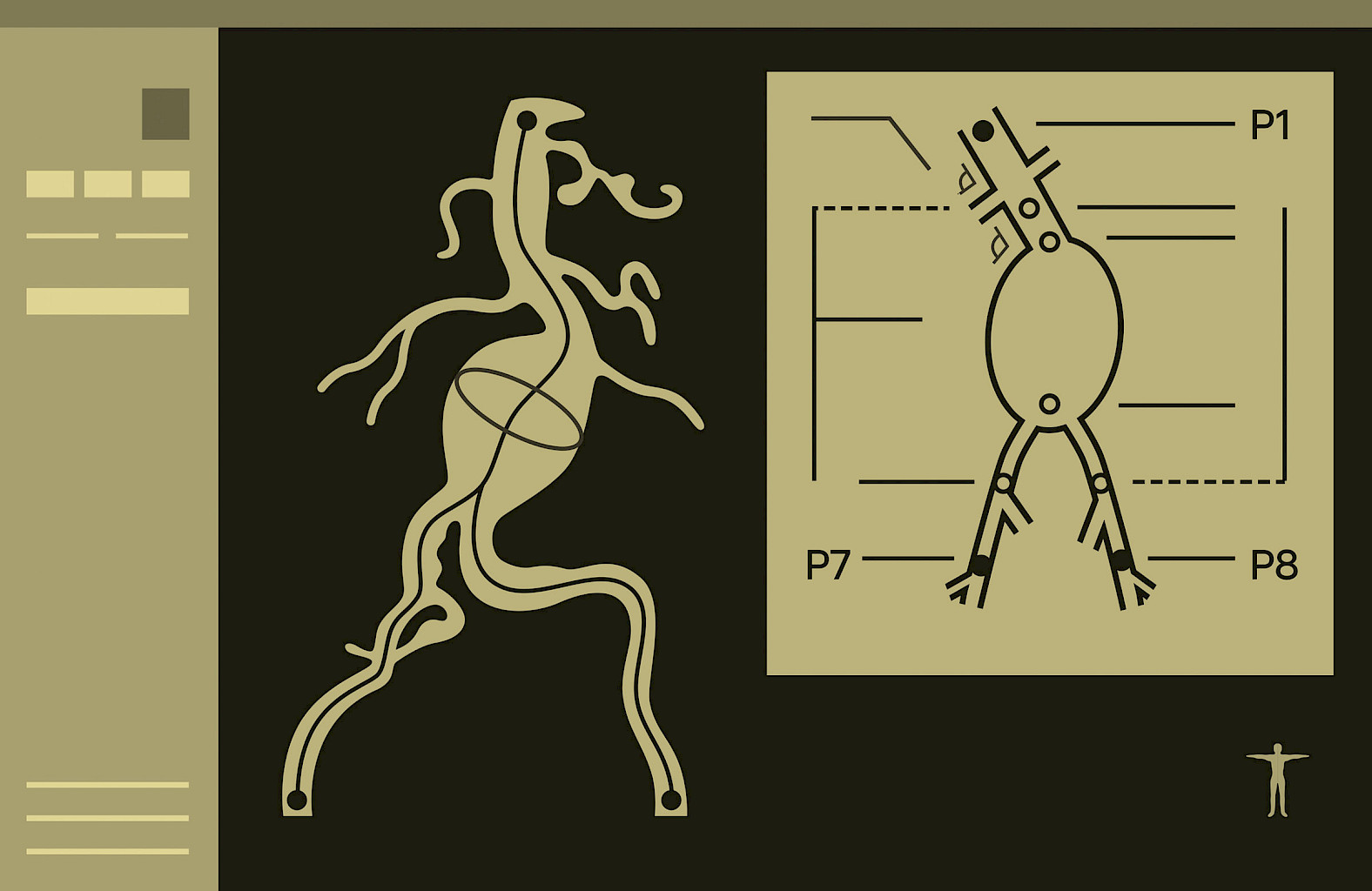
2
Planning
Selecting the surgical field
Once the data is imported and the endovascular treatment needs are identified, the planning phase begins by opting for the appropriate workflow.
Automated 3D segmentation of the target volume
An adaptive algorithm isolates the relevant anatomical region within the image data and highlights it from the surrounding structures. Surgeons benefit from a clear visual representation of the surgical field. Vascular anomalies such as aneurysms and stenoses can be reliably identified.
Centerline for precise measurements
With just a few clicks, the intelligent software quickly and easily calculates the centerline. This is displayed as a virtual axis running along the main arteries. It can also be extended to include relevant arteries. It is the starting point for automated and accurate generation of relevant measurements such as length, angle, volume, diameter and clock position.
Meaningful measurements for informed decisions
The measurements provide important information for deriving appropriate surgical procedures. Integrating measurements into the planning process helps avoid poor decisions and increases patient safety.
Flexibility with manual adjustments
If you want to take a closer look at certain aspects of the surgical field, you can manually add or adjust measurements with just a few clicks.
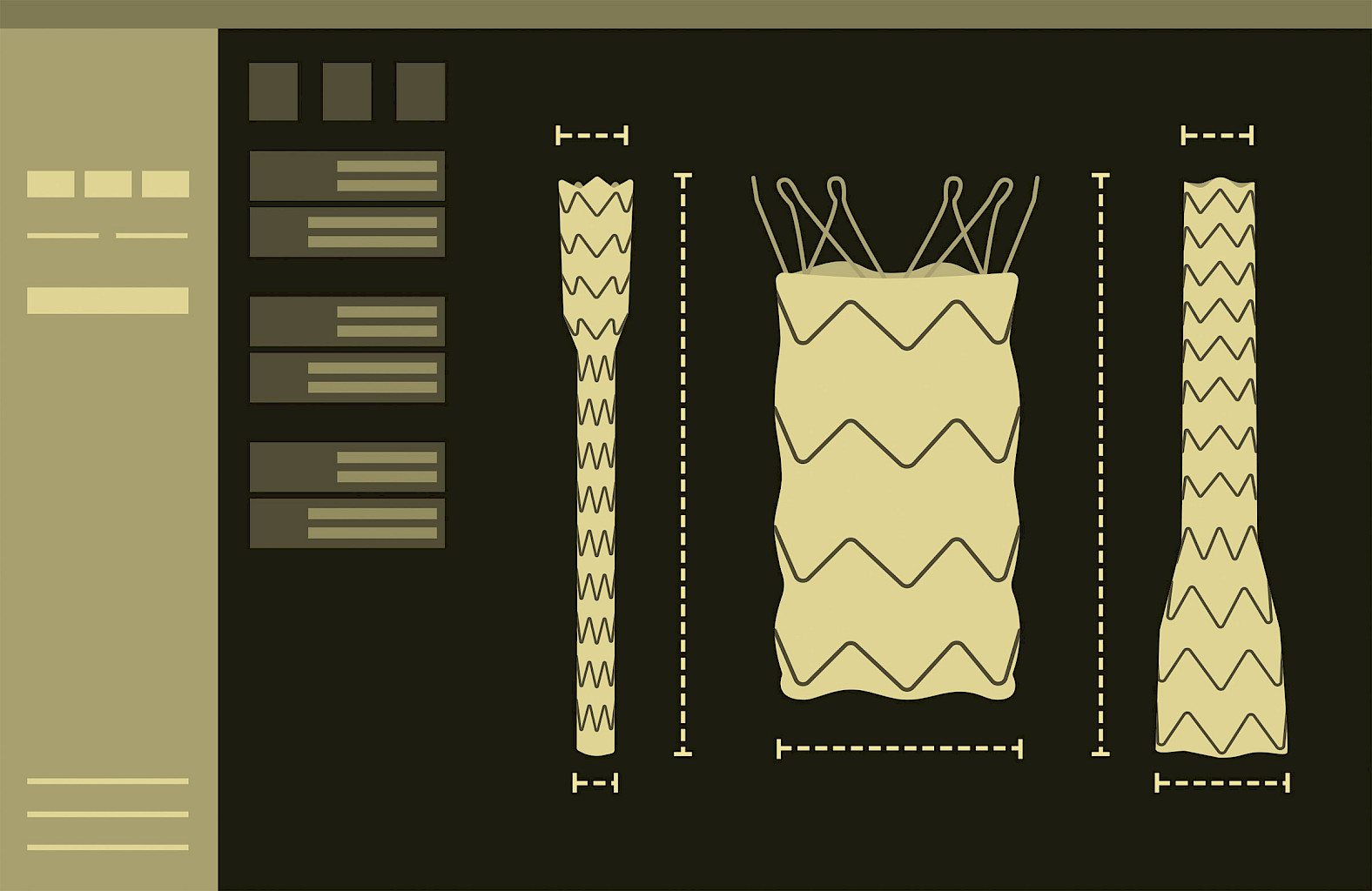
3
Strategy
Selecting the appropriate endograft
EndoSize contains a comprehensive database of all major endografts on the market. Detailed information, technical specifications, and order numbers can be accessed directly. Based on the previously determined measurements and the manufacturer’s guidelines, the user selects the optimal size of the implant. In this way, EndoSize reduces the risk of misjudgments during planning and ensures the best possible selection of implants.
Creating optimal conditions
With the help of simulated anatomical views, the ideal position of the C‑arm can be determined before the procedure. This helps to avoid parallax errors, unnecessary radiation exposure and contrast agent administration during surgery. After planning, EndoSize enables the creation of clear digital reports containing all relevant information such as measurements, selected endografts, snapshots and videos for upcoming procedures. The reports allow for early detection of potential risks and can be securely stored in the PACS system. The innovative EndoSizeMe app also allows reports to be shared with the surgical team to facilitate collaboration in complex surgical situations.

4
Intraoperative use
Advanced measurement tools to support implant positioning and insertion
For intraoperative navigation, EndoSize planning data, including 3D volumes and simulations of anatomical deformations that may occur during the procedure, can optionally be imported into the EndoNaut² 3D image fusion system.
In addition to the Vascular Edition with the application modules aorto-iliac, thoracic, thoraco-abdominal and peripheral, EndoSize is also available as a Cardio Edition. This enables the planning of cardiac procedures such as TAVIs and mitral valve replacements in just a few minutes.
Disclaimer
1
EndoSize® is a registered trademark of Therenva SAS. In the USA, the EndoSize® software obtained a substantial equivalence determination and FDA clearance through the CDRH premarket notification process (510(K)). In Europe, the EndoSize® software is CE marked (class IIa), not eligible for reimbursement. The information provided in the labelling and manual is intended for healthcare professional.
2
EndoNaut® is a registered trademark of Therenva SAS. In the USA, the EndoNaut® software obtained a substantial equivalence determination and FDA clearance through the CDRH premarket notification process (510(K)). In Europe, the EndoNaut® software is CE marked (class IIb), not eligible for reimbursement. The information provided in the labelling and manual is intended for healthcare professionals only. For the safe and successful operation and use of the device, always read the instructions.
These tips & tricks were published online November 2024.

